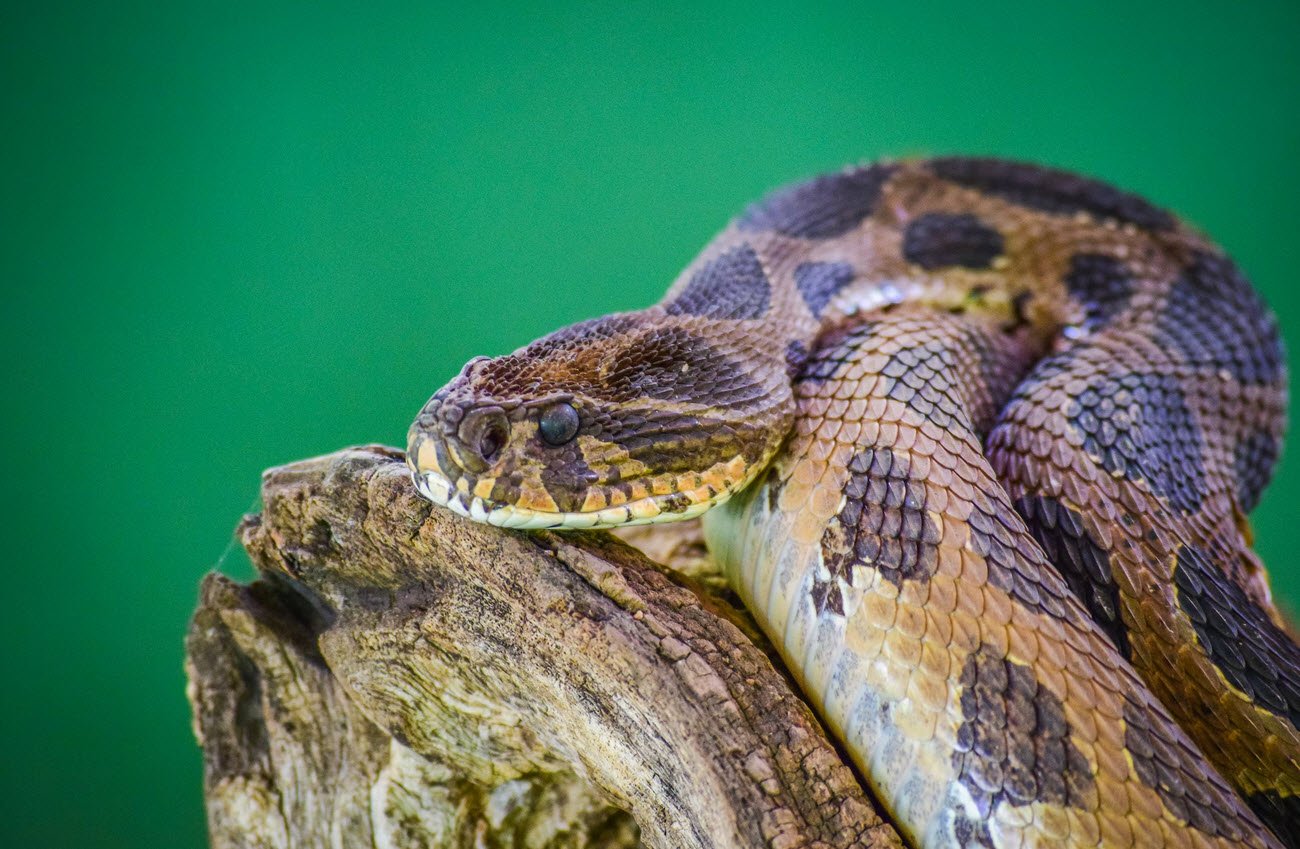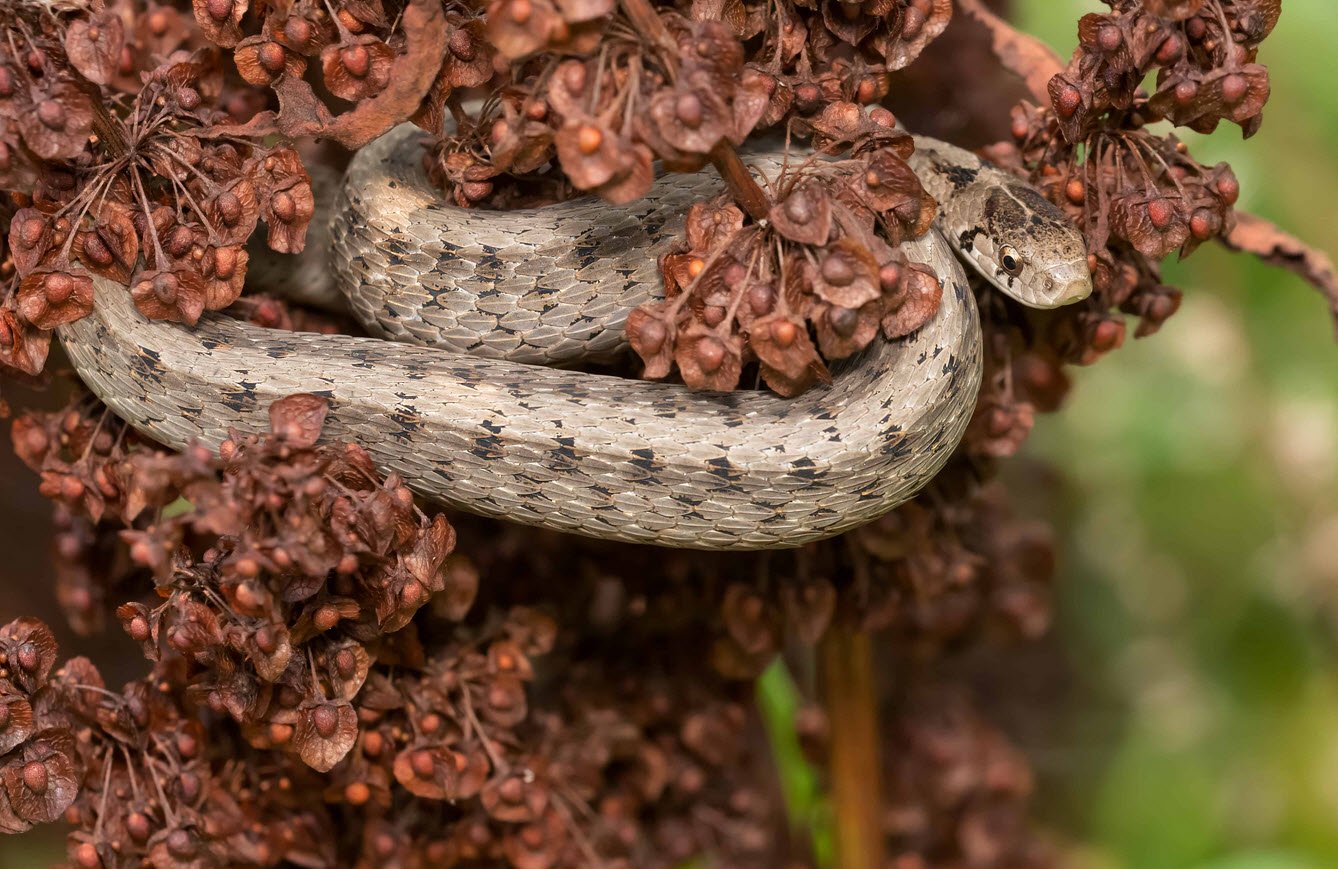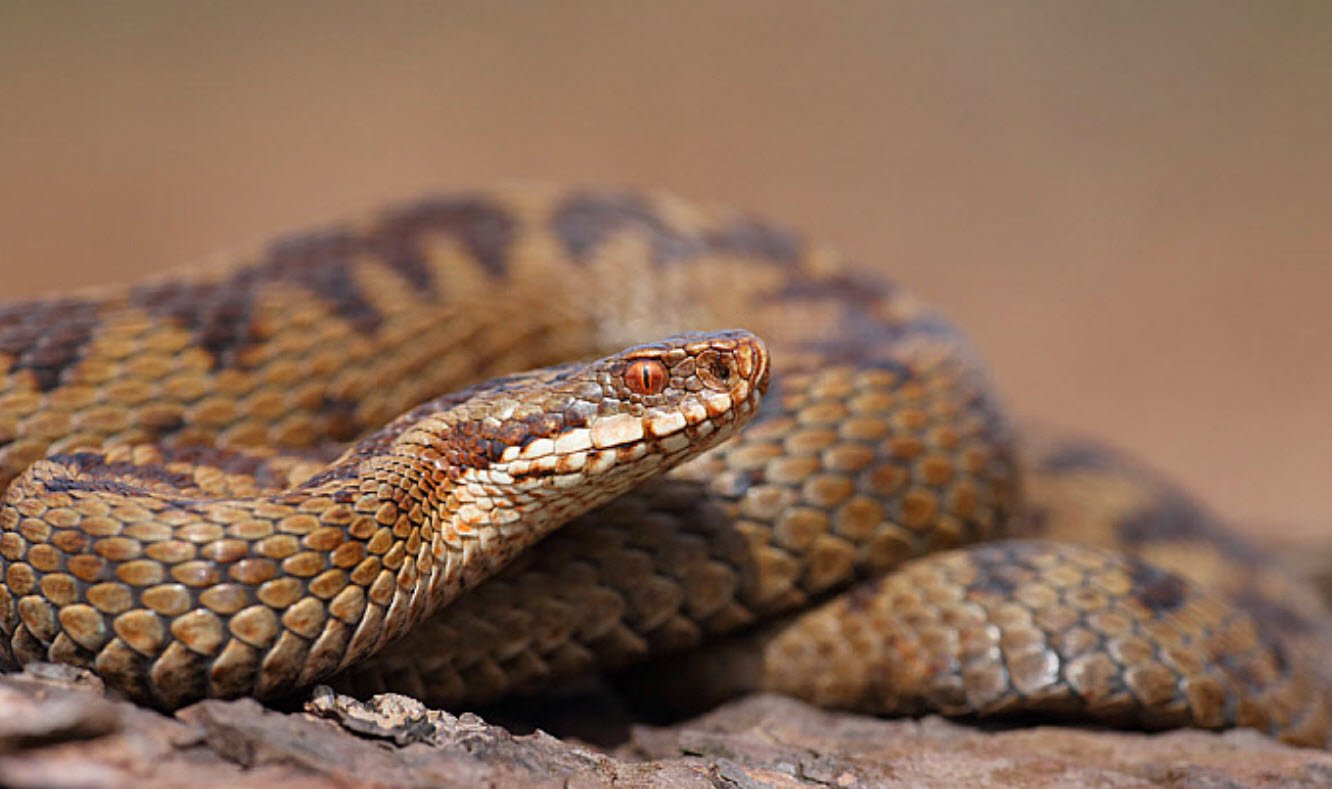
Snakes, with their fascinating yet dangerous nature, have intrigued humans for centuries. Among the vast array of snake species, some stand out for their highly venomous bites, making them some of the most dangerous creatures in the world.
In this article, we explore into the characteristics and threat posed by ten of the deadliest snakes globally, each with unique attributes that warrant caution and respect.
- Belcher’s Sea Snake
- Blue Krait
- Inland Taipan
- Eastern Brown Snake
- Black Mamba
- Russell’s Viper
- Tiger Snake
- Death Adder
- Philippine Cobra
- Mojave Rattlesnake
1. Belcher’s Sea Snake (Hydrophis belcheri)
Belcher’s Sea Snake, primarily found in the waters of the Indian Ocean and Western Pacific, is considered one of the most venomous marine snakes. Despite its potent venom, it is not an aggressive species and poses a relatively low risk to humans due to its elusive nature and remote habitat.

2. Blue Krait (Bungarus candidus)
The Blue Krait, residing in Southeast Asia, is recognized for its striking blue and black stripes. Despite its serene appearance, it harbors a potent neurotoxin, and its bites can be fatal if not promptly treated with antivenom.

3. Inland Taipan (Oxyuranus microlepidotus)
The Inland Taipan, native to Australia, is infamous for possessing the most potent venom of any snake globally. Despite its high toxicity, it is rarely encountered by humans due to its reclusive behavior in remote, arid regions.
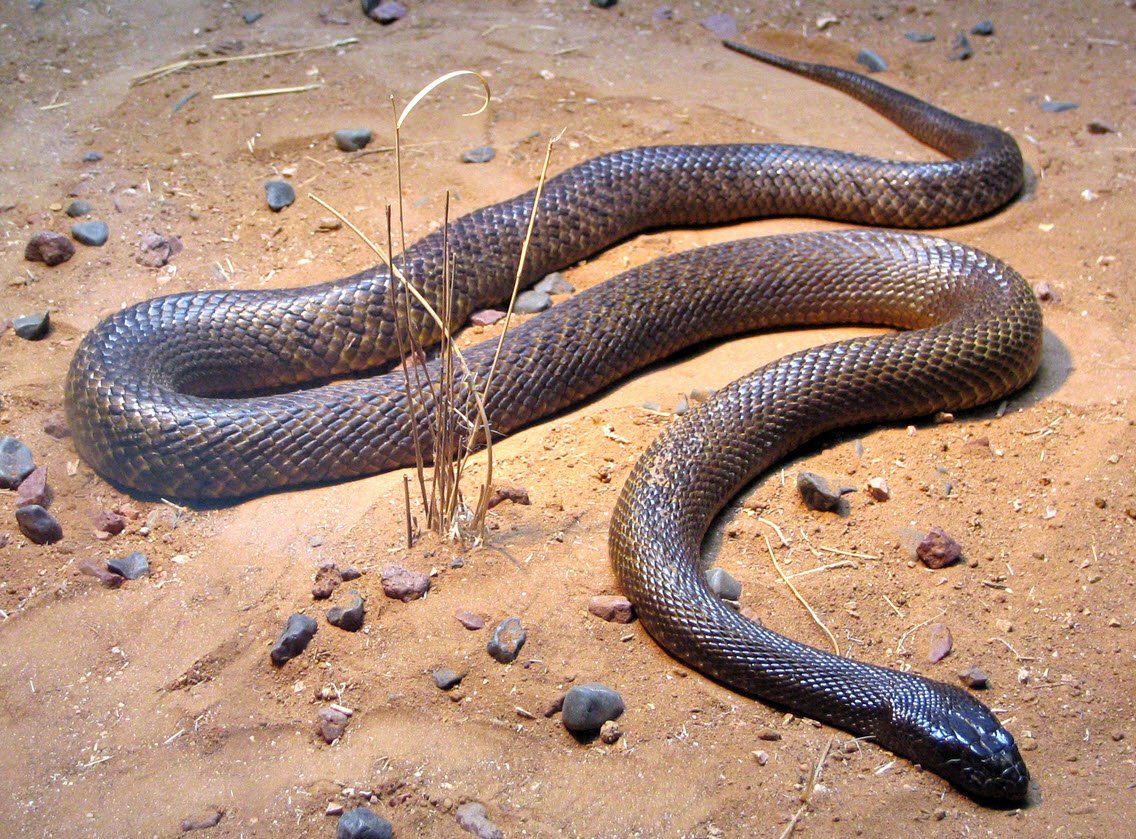
4. Eastern Brown Snake (Pseudonaja textilis)
Hailing from Australia, the Eastern Brown Snake is responsible for a significant number of snakebite-related fatalities in the country. Its potent venom attacks the nervous system, and prompt medical attention is critical to mitigate the effects of its bite.
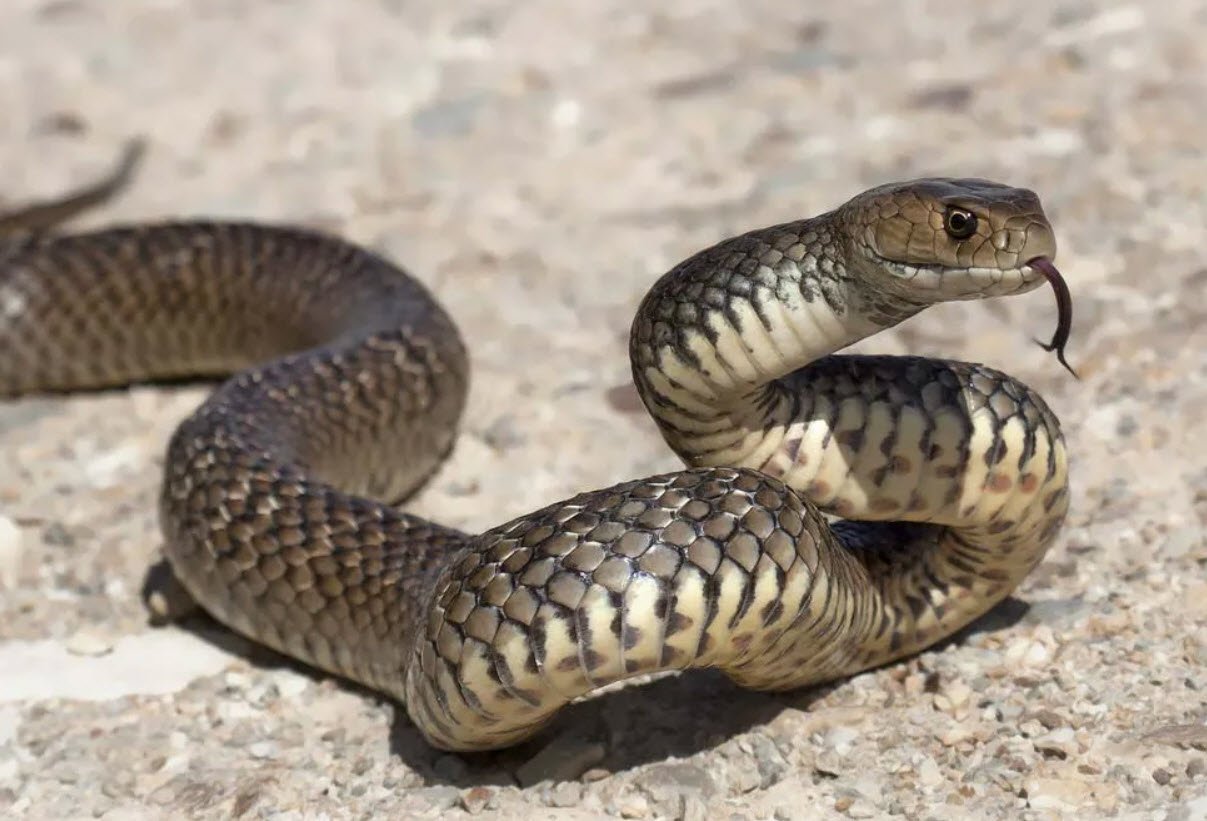
5. Black Mamba (Dendroaspis polylepis)
Native to Africa, the Black Mamba is known for its agility, speed, and potent neurotoxic venom. Despite its reputation for aggression when threatened, it generally prefers to avoid human interaction. However, its bite can be fatal without immediate medical intervention.

6. Russell’s Viper (Daboia russelii)
Found in South Asia and Southeast Asia, Russell’s Viper is notorious for its aggressive behavior and potent hemotoxic venom. Snakebite victims often experience severe pain, bleeding, and tissue damage, necessitating prompt medical attention.
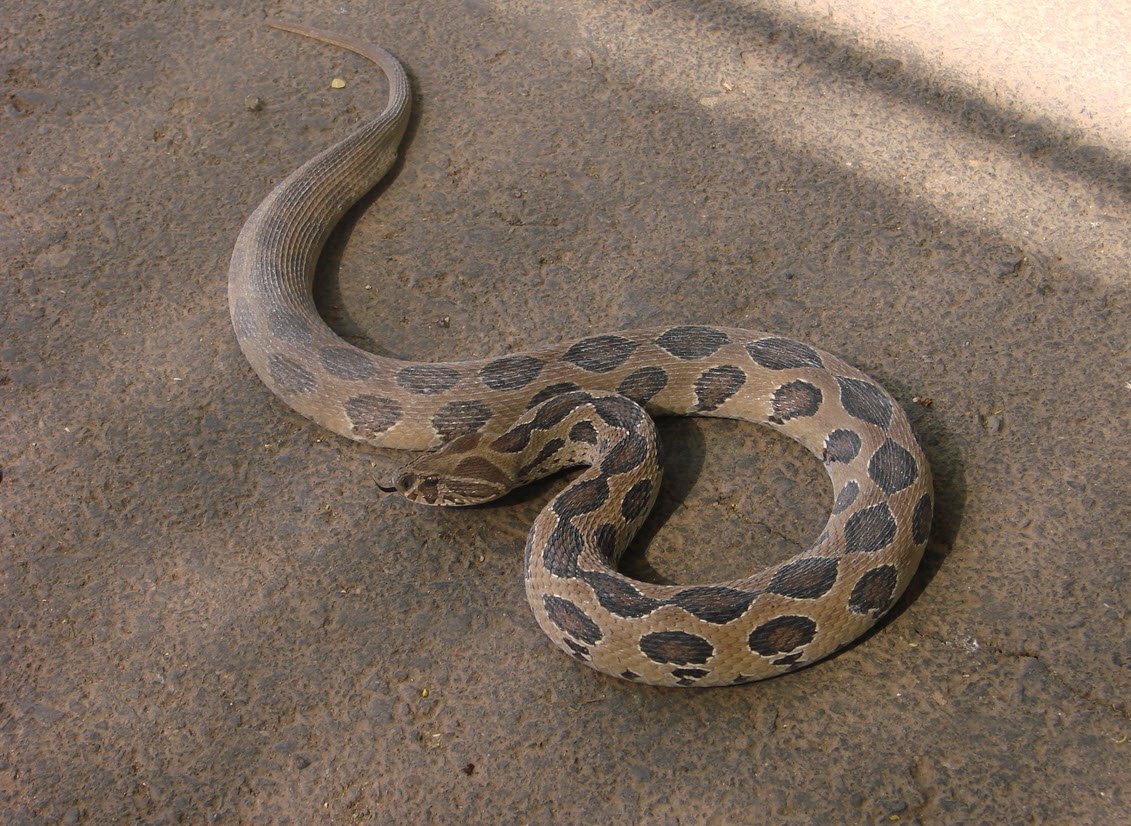
7. Tiger Snake (Notechis scutatus)
Indigenous to Australia, the Tiger Snake possesses highly potent neurotoxic and hemotoxic venom. They are known for their distinctive striped appearance and can display aggressive behavior when threatened.

8. Death Adder (Acanthophis spp)
Death Adders, native to Australia and nearby islands, have a unique hunting technique, where they use their tail as a lure for prey. Their venom, primarily neurotoxic, can cause paralysis and is dangerous to humans.
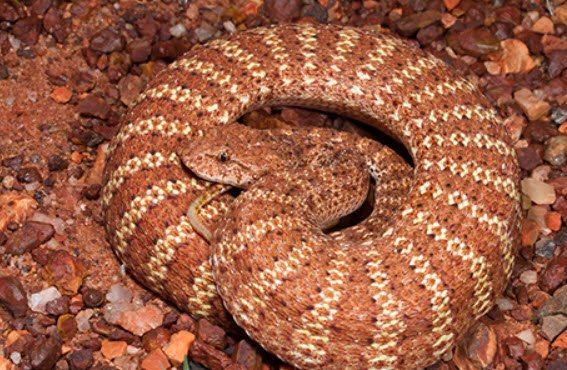
9. Philippine Cobra (Naja philippinensis)
The Philippine Cobra, as the name suggests, is prevalent in the Philippines. Its venom is primarily neurotoxic, causing paralysis and respiratory failure. The venom can be lethal without timely medical intervention.

10. Mojave Rattlesnake (Crotalus scutulatus)
The Mojave Rattlesnake is native to the Southwestern United States and northern Mexico. It has a neurotoxic venom that can lead to muscle paralysis and potentially fatal complications if left untreated.
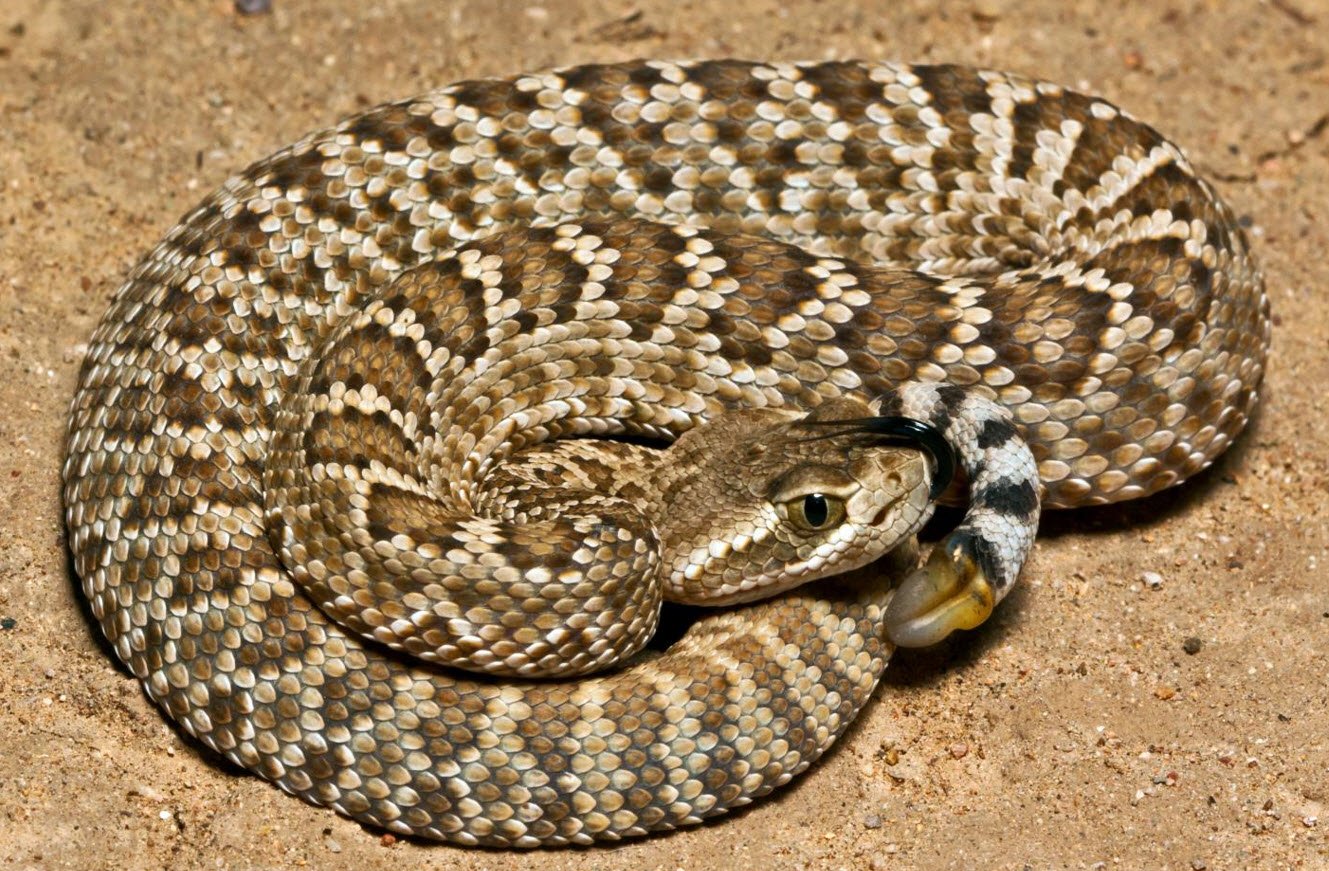
In conclusion, these snakes, with their potent venom and potentially lethal bites, serve as a reminder of the importance of snake awareness and education. It is crucial to exercise caution and respect for these creatures while understanding the necessary steps for snakebite first aid and seeking immediate medical assistance in case of an encounter.
You may also like:- Pet Snakes – A Guide to Behavior, Care, Diet, Habitat, and Health
- Top 15 Snakes Species in Tennessee
- 13 Types of Snakes That Live in Pennsylvania (With Images)
- 3 Native Snakes of Britain – A Closer Look at Adder, Smooth Snake, and Grass Snake
- 6 Poisonous Snakes in Georgia – A Closer Look
- 11 Incredible Snakes in Virginia
- A Comprehensive Guide to Various Types of Snakes

